Denver is known as one of the most active and outdoor-loving cities in the United States. Nestled at the base of the Rocky Mountains, Denver offers stunning natural landscapes and an abundance of parks and green spaces for residents and visitors to enjoy.
| Park Name | Description |
|---|---|
| City Park | A large urban park featuring attractions like the Denver Zoo and the Denver Museum of Nature and Science. |
| Washington Park | Offers outdoor recreation and unique attractions within 165 acres. |
| Confluence Park | A hub for outdoor activities at the meeting point of Cherry Creek and the South Platte River. |
| Sloan’s Lake Park | Known for its large lake, popular for boating and bird watching. |
| Cheesman Park | Features a neoclassical pavilion and is adjacent to the Denver Botanic Gardens. |
| Sun Valley Park and Pool | A neighborhood park with a large outdoor pool and community events space. |
| Commons Park | An ecological and architectural gem in downtown Denver. |
| Garland Park | Offers diverse wildlife habitat around two central ponds and various recreational facilities. |
| Berkeley Park | Combines historic charm with modern recreational facilities. |
| Paco Sanchez Park | Celebrates Chicano culture with vibrant playgrounds and sports facilities. |
| Vanderbilt Park | Provides a natural escape with trails and views of the city and mountains. |
| Harvey Park | A suburban park with diverse recreation options and a sensory garden. |
| Bible Park | A compact park with a variety of facilities and topographic diversity. |
| Cervantes Park | Fosters cultural connection with art installations and sports facilities. |
From sprawling urban parks to quaint neighborhood hideaways, Denver parks offer something for everyone.
City Park
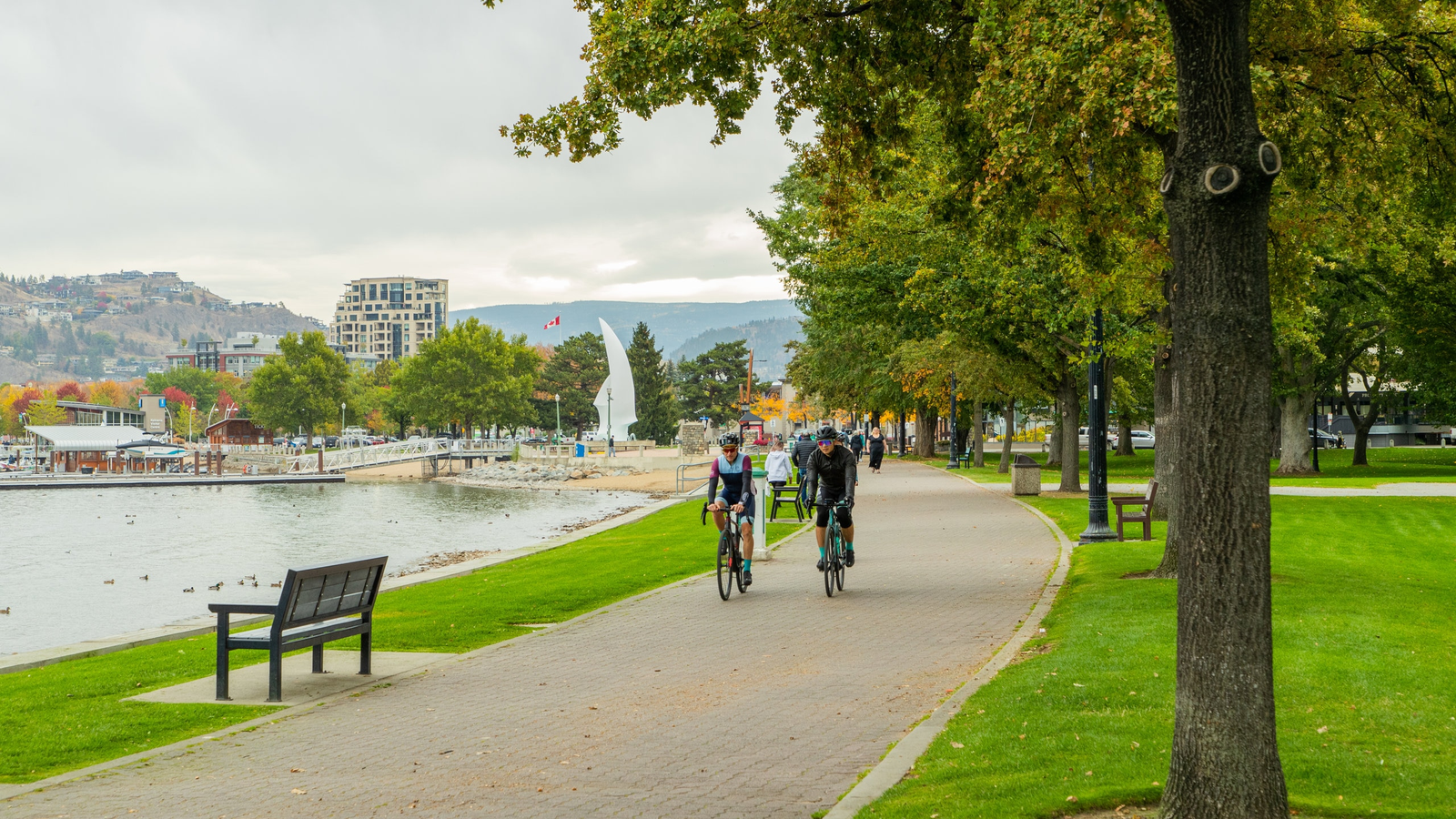
Name and Location: City Park is located in central Denver, Colorado, bounded by York Street, East 17th Avenue, East Colfax Avenue, and East 26th Avenue.
History and Significance: Established in 1881, it is Denver’s oldest park. Its 314 acres contain lakes, gardens, tennis courts, playgrounds, and the Denver Zoo. It also contains the Denver Museum of Nature and Science.
What to Expect: Visitors can stroll through gardens, visit the zoo and museum, rent boats on Ferril Lake, play on sports fields and courts, or enjoy eating areas.
Visitor Information: The park is open year-round from 5am-11pm daily. The museum and zoo have separate admission fees and hours.
City Park is one of Denver’s flagship parks, spanning over 300 acres right in the heart of the city. This beautiful urban oasis contains two of Denver’s top attractions – the Denver Zoo and the Denver Museum of Nature and Science. Here you’ll also find placid lakes populated by ducks and geese, open green lawns perfect for picnicking, tennis courts, walking and biking paths that meander through gardens and alongside the peaceful Ferril Lake. Grab a pedal boat and spend a romantic afternoon on the water, or rent a surrey cycle for the whole family to enjoy.
The park hosts frequent fairs, festivals and farmers markets throughout the warmer months. On any given day you’ll find joggers, sunbathers and families flying kites and playing games on the grass. Enjoy paddle boating, stop for a bite at the lakeside cafe, or visit the City Park Golf Course for a round. With so much to see and do steps from downtown Denver, it’s easy to spend an entire day enjoying the natural beauty at City Park.
Washington Park
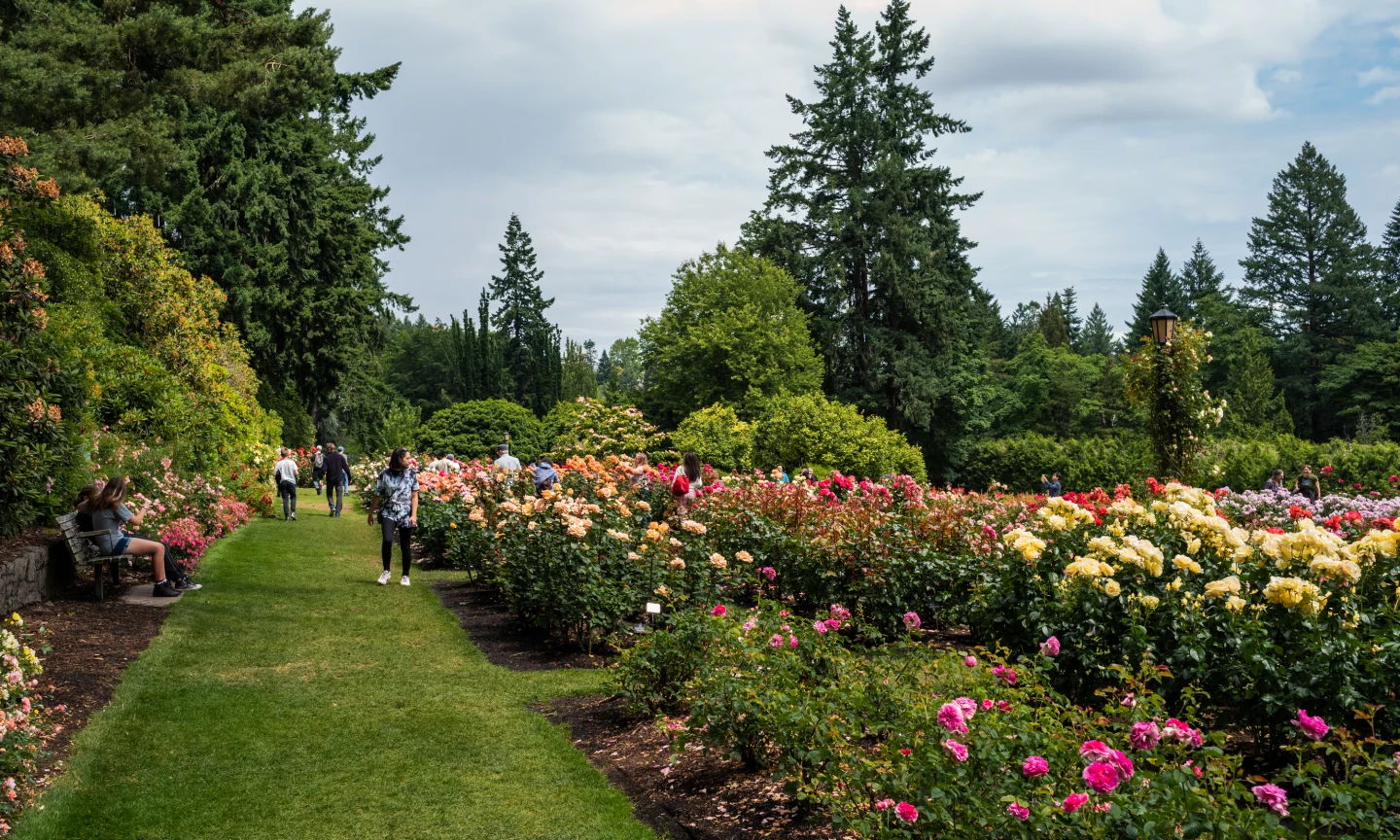
Name and Location: Washington Park is located in central Denver, Colorado surrounded by South Downing Street, East Louisiana Avenue, South Franklin Street, and East Virginia Avenue.
History and Significance: Established in 1899, its 165 acres contains lakes, athletic fields, an event center, paths, and the Grasmere Dairy site.
What to Expect: Visitors enjoy green spaces, Smith Lake, vendors, recreation facilities, and summer concerts at the park event center.
Visitor Information: The park grounds are open 5am-11pm daily year-round. Some amenities like boat rentals operate seasonally.
One of Denver’s older parks, Washington Park offers visitors 165 acres of outdoor recreation opportunities and unique attractions within its grounds. Built in 1899, the park has been popular for over one hundred years thanks to its central location and diverse amenities.
Inside Washington Park you’ll find two majestic flower gardens overflowing with colorful blooms during warmer months. The park has an expansive lawn area perfect for games, walks with the dog, or simply soaking up some elevation-enhanced sunshine. For the active crowd there is a yoga lawn, volleyball court, tennis facilities and even a private bike trail that wraps around the park.
The Boettcher Memorial Tropical Conservatory is a must-visit attraction, providing an oasis of lush and exotic plant life in the middle of the city. On especially hot days, visitors will enjoy the cool reprieve inside the historic glass-domed building as they wind their way through tropical habitats from around the world. Outside the conservatory, the park’s namesake water feature is another popular spot – an idyllic lake dotted with lily pads along with a backdrop of the Rocky Mountains in the distance.
Confluence Park

Name and Location: Confluence Park is located in central Denver at the intersection of Cherry Creek and the South Platte River near 15th and Little Raven Streets.
History and Significance: Built along an important site at the joining of the two waterways, Confluence Park opened in 1975 as an early catalyst project in Denver’s revitalization.
What to Expect: Visitors enjoy public art, walking paths, native landscaping, and platforms overlooking the two converging rivers along with active water traffic. Interpretive signs describe the ecology and history.
Visitor Information: Free access dawn to dusk daily. Leashed pets welcome. Parking available at nearby shopping areas.
straddling the juncture of Cherry Creek and the South Platte River, Confluence Park spans 20 acres and connects downtown Denver to the revitalized Platte River residential and commercial neighborhood. Once an abandoned warehouse district, the area has been transformed into a hub of activity with an emphasis on pedestrian and bike-friendly recreation.
As its name implies, Confluence Park sits at the meeting point where Cherry Creek flows into the South Platte, which gives the park its unique layout. Paths along both waterways converge under pedestrian bridges, allowing visitors to encircle themselves with water and riverbank greenery. The park is anchored on one end by Commons Park and the 16th Street pedestrian bridge, flowing seamlessly into Confluence.
During spring and summer months, kayakers and stand-up paddleboarders glide calmly through the wide, slow-moving river channels enveloped by the urban jungle. Bike paths wind along both sides of the rivers, heavilly traversed by cycling commuters and cruising couples. There are open lawn spaces, rock formations along the river’s edge, and plenty of seating options to take in views of the water and the downtown skyline in one vista.
Sloan’s Lake Park
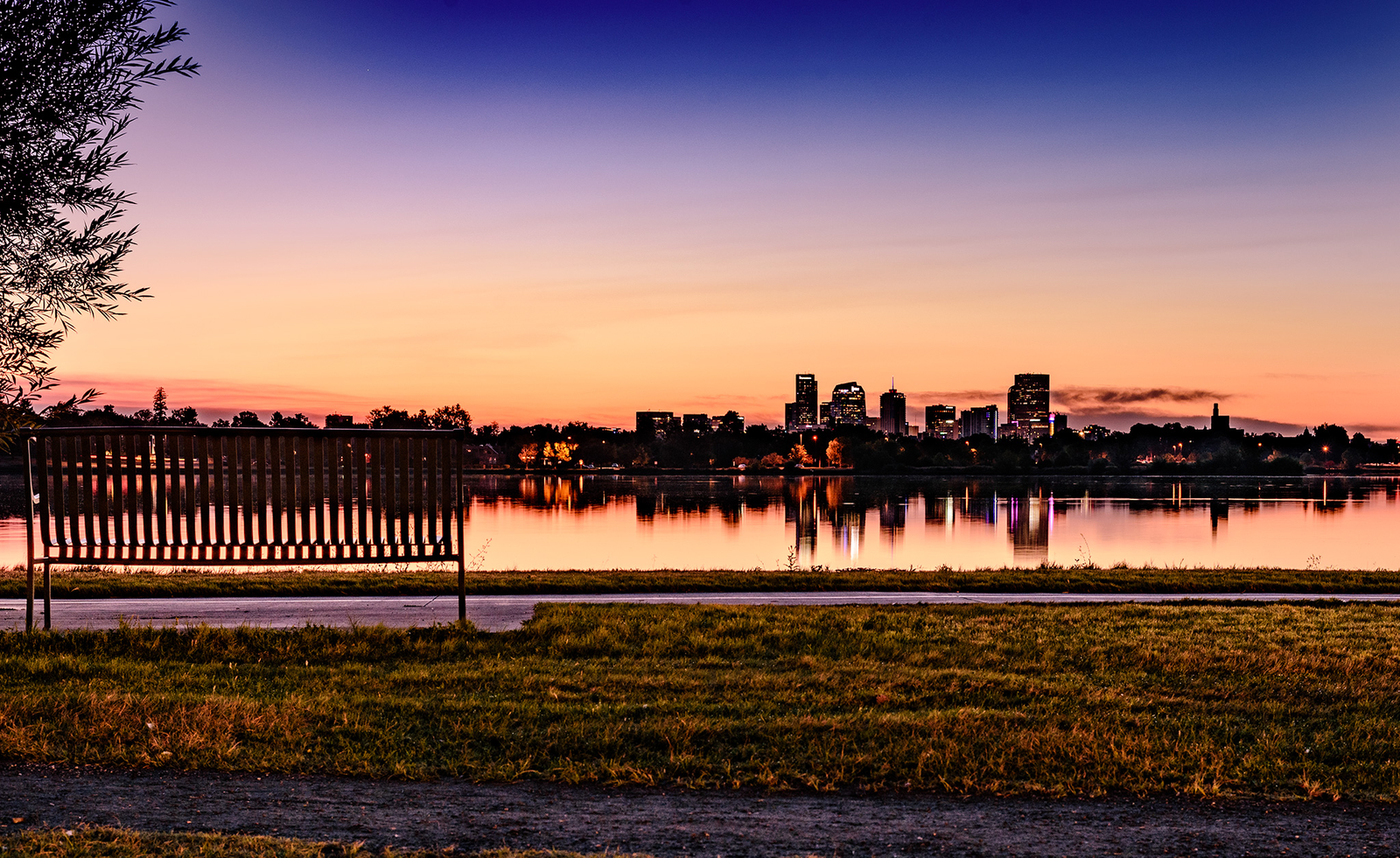
Name and Location: Sloan’s Lake Park sits adjacent to Sloan’s Lake reservoir in northwest Denver, Colorado, bounded by Sheridan Blvd to 17th Ave from approximately Raleigh St to Stuart St.
History and Significance: Sloan’s Lake Park was established in the early 1900s. Today its 238 acres support jogging/bike trails, sailing, birdwatching and community events.
What to Expect: Visitors enjoy panoramic Rocky Mountain views while hiking, biking, and observing a variety of waterfowl and wildlife living in the urban habitat. Family attractions include a miniature railroad and carousel.
Visitor Information: The park grounds are open 5am-11pm daily. Some amenities operate seasonally or weekends only. Parking lots available.
Spanning over 1,600 acres, Sloan’s Lake Park is one of the largest parks within Denver County limits. The gem of the park is its namesake lake – a 1700 acre aquatic park popular for boating, stand up paddleboarding, and especially kayaking within the city. Surrounded by the quaint neighborhood of Edgewater, visitors enjoy biking and strolling along over 5 miles of shoreline trails at the lake, overlooking dramatic views of the Rocky Mountains to the west.
Sloan’s Lake is a bird and wildlife haven, attracting over 100 species of migratory birds along their seasonal journeys. Here you’ll find Canadian geese, mallard ducks, black terns and blue herons among the menagerie of species represented. The lake and surrounding marshes provide vital habitat for these winged creatures on their travels along the Pacific Flyway.
In addition to human and avian visitors, Sloan’s Lake Park has plenty of facilities for local, terrestrial critters as well. An official off-leash dog park allows pets to roam freely while getting their exercise, and several playgrounds entertain kids around the park. Basketball courts, a miniature golf course and a performing arts amphitheater round out the unique amenities available to human guests.
Cheesman Park
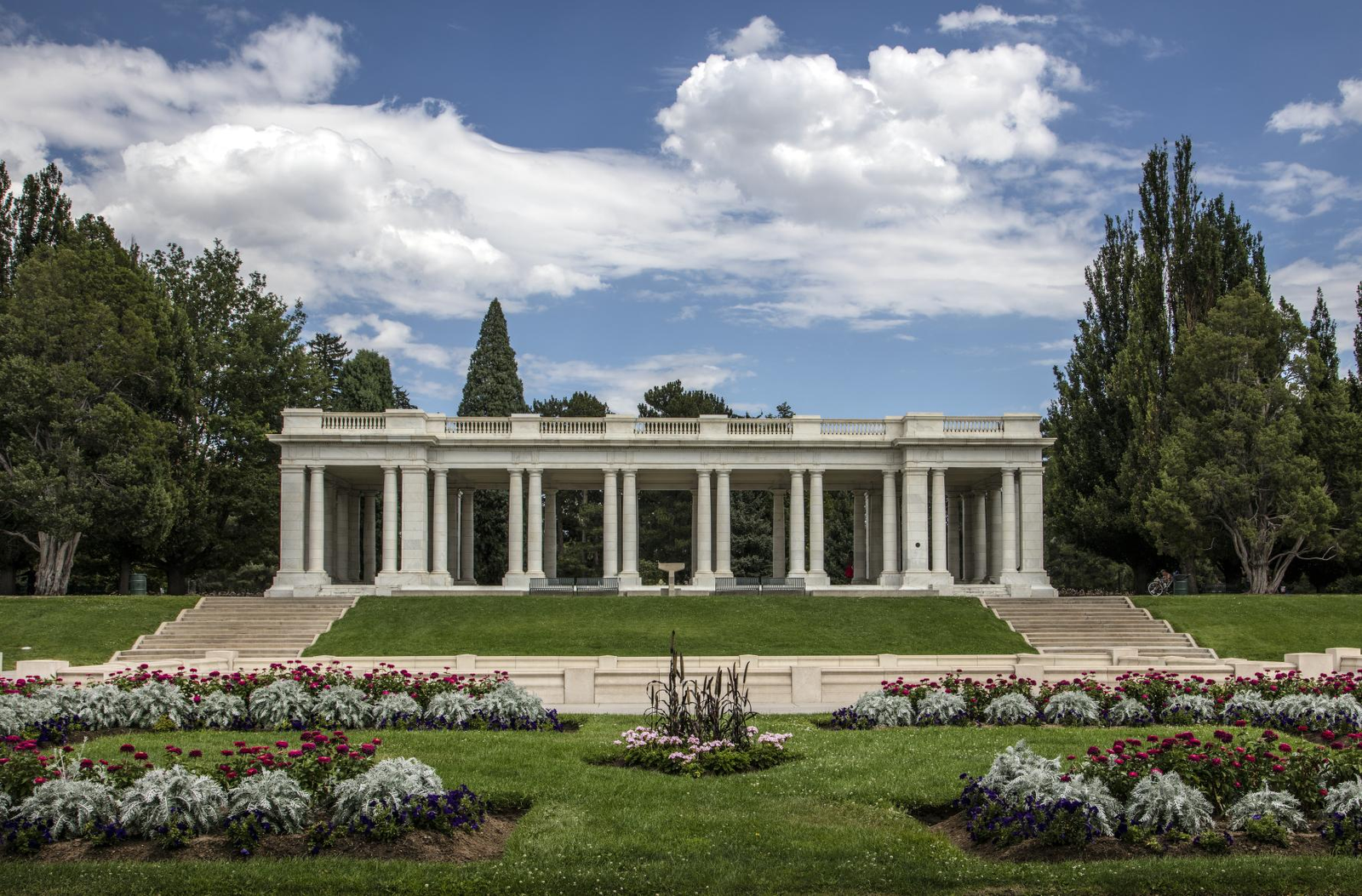
Name and Location: Cheesman Park is located in central Denver, Colorado, between E. 8th and 13th Avenues and N. Franklin St. and N. High St.
History and Significance: Originally the Prospect Hill Cemetery until 1907, today its 80 acres contain a restored1908 pavilion, paths, lawns and botanic gardens beneath a view of the Denver skyline.
What to Expect: Visitors enjoy gardens, wide lawns, and walks with city views. Popular for picnics, lounging and recreation activities like jogging and yoga practiced on the Great Lawn.
Visitor Information: Open daily year round from 5am to 11pm. On leash pet hours vary. Free parking along park roads or adjacent neighborhoods.
Nestled in the heart of Denver’s Capitol Hill neighborhood, Cheesman Park brings graceful gardens, winding walking paths and panoramic views together into one of Denver’s most iconic public green spaces. Spread over 80 acres adjacent to the Denver Botanic Garden, it’s both an ecologically vibrant oasis and major community gathering place in one.
Cheesman Park is centered around its namesake pavilion – an impressive, white-domed structure with a neoclassical rotunda design that has overlooked the grounds since 1908. Radiating paths zigzag across gentle hills from the pavilion, past flower gardens exploding in colorful blooms each warm season. Mature tree groves provide ample shade during sunny days and wide open lawns invite visitors to lounge, picnic and play.
A popular site for special occasions from weddings to birthday parties, locals also flock to Cheesman Park on a daily basis to read, walk their dogs or fly a kite. Fitness enthusiasts take advantage of the park’s eight tennis courts and central location for a quick jog or bike ride between neighborhoods. Panoramic views of the city skyline and Front Range mountains serve as the perfect backdrop while enjoying everything this stunning park has to offer.
Sun Valley Park and Pool
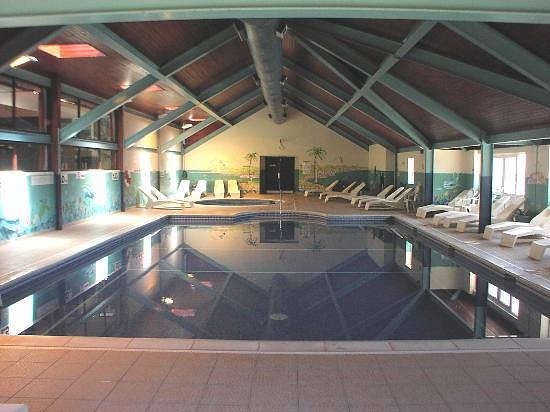
Name and Location: Sun Valley neighborhood park with municipal swimming pool located at 1380 W Florida Ave in Denver, Colorado.
History and Significance: Part of the Sun Valley development built in 1950s, the park and Art Deco-style pool provides open space and recreational resources for the surrounding neighborhoods and greater community.
What to Expect: Outdoor swimming, basketball courts, softball field, playground, picnic facilities plus a recreation center housed in the restored historic bathhouse.
Visitor Information: Park grounds open daily 5am-11pm. Pool and center hours seasonal and require fees. Free street parking.
Tucked between Interstate 70 and the South Platte River, Sun Valley is an often overlooked neighborhood northwest of downtown Denver. What the area lacks in opulence, it makes up for in local parks that serve as community anchors. Stretching over 25 acres parallel to the riverfront, Sun Valley Park and Pool is the largest neighborhood facility with a surprising amount of amenities given its relatively small footprint.
Sun Valley Pool is the main attraction during Denver’s sweltering summer months. The sizable outdoor pool provides swimmers and sunbathers an aquatic oasis, with an expansive shallow area perfect for children. Shady trees surround the pool yard, offering relief from the strongest rays of the high-altitude sun.
Adjacent to the pool lies a skatepark and outdoor amphitheater that frequently hosts community events. Year-round residents come for concerts in the park, movie nights under the stars, 5K fundraiser races and youth talent shows. With sweeping views of the Rockies beyond the South Platte river just across the street, the amphitheater stage makes a picturesque backdrop for any occasion.
Commons Park
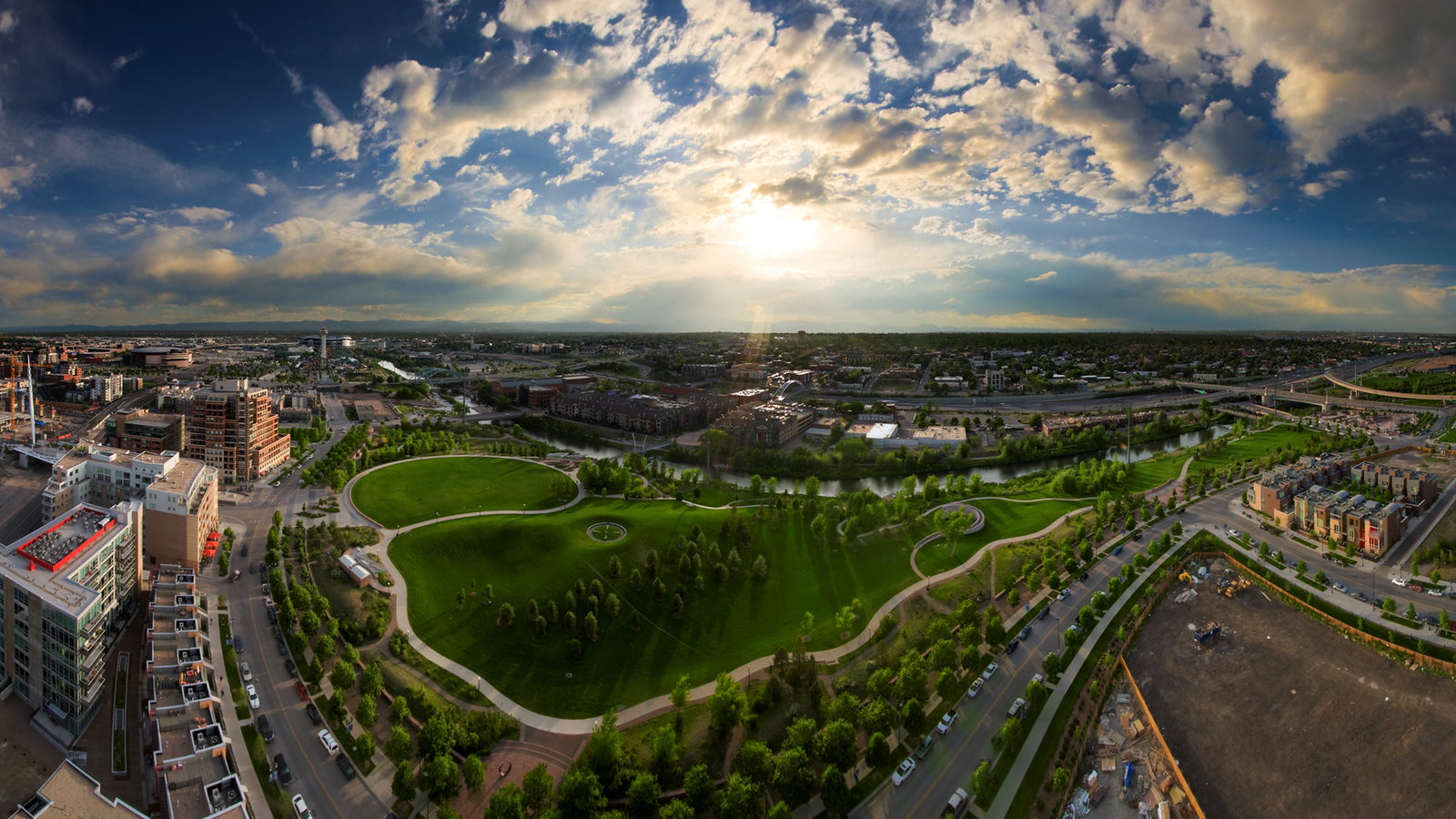
Name and Location: Commons Park occupies a full city block at E. 9th Ave. to 10th Ave and N. Milwaukee St. to N. Detroit St. in Denver’s hip River North Art District.
History and Significance: Developed through a public-private partnership revitalizing the area in 2015, the urban pocket park serves as both a recreational and cultural hub for the growing neighborhood.
What to Expect: Visitors enjoy art installations, aPopJet fountain splash area, flexible lawn seating and performance pavilion hosting free public fitness and arts programming like yoga, Zumba, film nights and concerts.
Visitor Information: The park welcomes guests daily 5am-11pm. Some features operate seasonally. Street parking available in area.
Found along the bustling 16th Street pedestrian mall, Commons Park serves as both an ecological and architectural jewel for downtown Denver. As 16th Street emerges from underneath Union Station, Commons Park greets passersby from across the street with its lush lawns, contemporary design features, and the central attraction – dancing water jets that delight children and adults when the fountains are flowing.
Elongated granite seating slabs line the park, providing visitors a place to rest weary feet after exploring downtown. During lunch hour you’ll find these unique stone benches full of office workers catching some quick sun on their break. In the park’s northwest corner, guests can purchase locally made artisan goods from a small pop-up business stand reminiscent of Union Station’s indoor market hall.
Besides being an aesthetically stunning respite, Commons Park also serves important ecological functions. Its expansive lawn absorbs stormwater from downtown streets while native and adaptive vegetation filters the water naturally. Solar-power lighting illuminates the park at night, aligned with Denver’s initiatives for renewable energy and sustainability. For green space in the heart of a major metropolis, Commons Park marries aesthetics, urban ecology and community gathering beautifully.
Garland Park
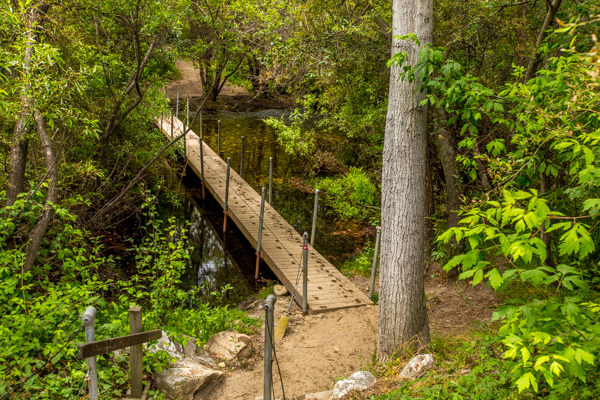
Name and Location: William M. Garland Park occupies over 40 acres at W. 44th Ave. and W. 10th St. in Denver’s Sunnyside neighborhood northwest of downtown Denver.
History and Significance: Originally named Sunnyside Park when the land was purchased in 1912, the site was renamed after longtime parks manager William Garland in the 1920s. Facilities were added throughout decades including sports fields, bike track and recreation center.
What to Expect: Visitors enjoy wooded areas, walking trails, sports fields and courts open for pickup games in addition to playground structures and picnic sites. The rec center offers year-round swimming and ice skating (fees apply).
Visitor Information: Park grounds are open 5am–11pm daily. Center hours vary by season. Street parking available near park.
Tucked into the scenic valley between the Interstate 70 viaduct and Highway 36 bike path corridoor, Garland Park often flies under visitors’ radars despite its prime location. This expansive park spans 140 acres, offering pedestrian bridges criscrossing irrigation canals, an enclosed dog park, lakeside loop trails, tennis and basketball facilities, lush great lawns, and even horseshoe pits for old-fashioned fun.
Two ponds connected by a footbridge rest at the park’s center, providing aquatic habitat for diverse wildlife. Families enjoy feeding ducks and geese while strolling along the lakeside loop trails, softened under mature shade trees. Just across the park’s southern edge, an off-leash dog area allows pets to roam freely. Owners can mingle at shade-covered picnic tables nearby while dogs play.
Well-connected for walkability, Garland Park seamlessly transitions to Lakewood Dry Gulch Park on its western edge via the Highway 36 bike trail. Patrons park at either location easily, then explore the contiguous parks linked by pedestrian thoroughfares across roads and gulches. This essentially doubles the accessible acreage for hiking, jogging or bicycling within moments of reaching the facilities.
Berkeley Park
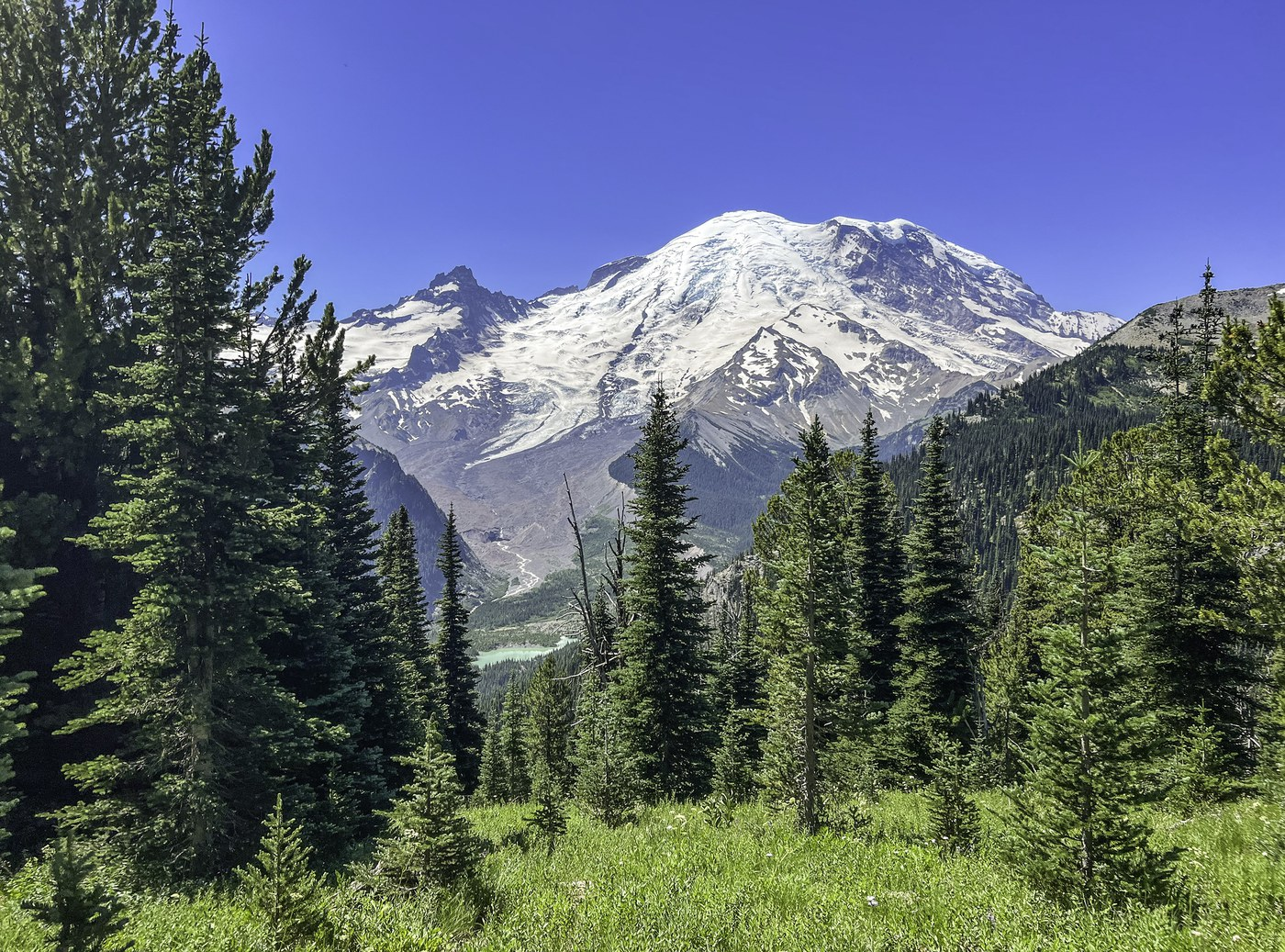
Name and Location: Berkeley Park occupies land at W. 46th Ave. and Stuart St. in northwest Denver.
History and Significance: Dedicated in 1898, the park is one of Denver’s early riverfront parks with access to the South Platte River Greenway Trail. Its facilities support community recreation for the growing neighborhoods nearby.
What to Expect: Open spaces, playgrounds, sports fields/courts, 1.5 mile walking loop and access to the South Platte River regional trail for biking and hiking. Two off-leash dog areas also provided.
Visitor Information: Park open 5am-11pm daily. Parking lots onsite and free street parking surrounding park.
Situated where gentrification meets old school, Berkeley Park offers a peek into multiple eras of Denver’s history. This community space spans just 5 acres, but provides visitors a surprising array of amenities and unique features given its modest size. Mature trees offer expansive patches of shade, while ornate lamp posts, park benches and checkerboard-patterned sidewalks harken back to an earlier time. Meanwhile, modern upgrades like a natural play area and dog park accommodate today’s recreation seekers.
At the park’s helm rests a historic observatory, tragically damaged during recent civil rights protests yet still standing tall. Inside, displays highlight astronomy tools that charted the cosmos for early 20th century star charters. Hopefully restored to functional use soon, the building’s architecture alone merits a passing visit.
Just north of the observatory lies the play area, with balancing beams, stepping stumps and climbing structures made entirely of natural materials no plastic here! Kids of all ages enjoy the challenge while parents appreciate the organic materials. Across the park, dogs romp freely inside designated fencing complete with obstacle equipment and water facilities. For green space spanning just a few small blocks, Berkeley Park stands out for its diversity and character.
Paco Sanchez Park
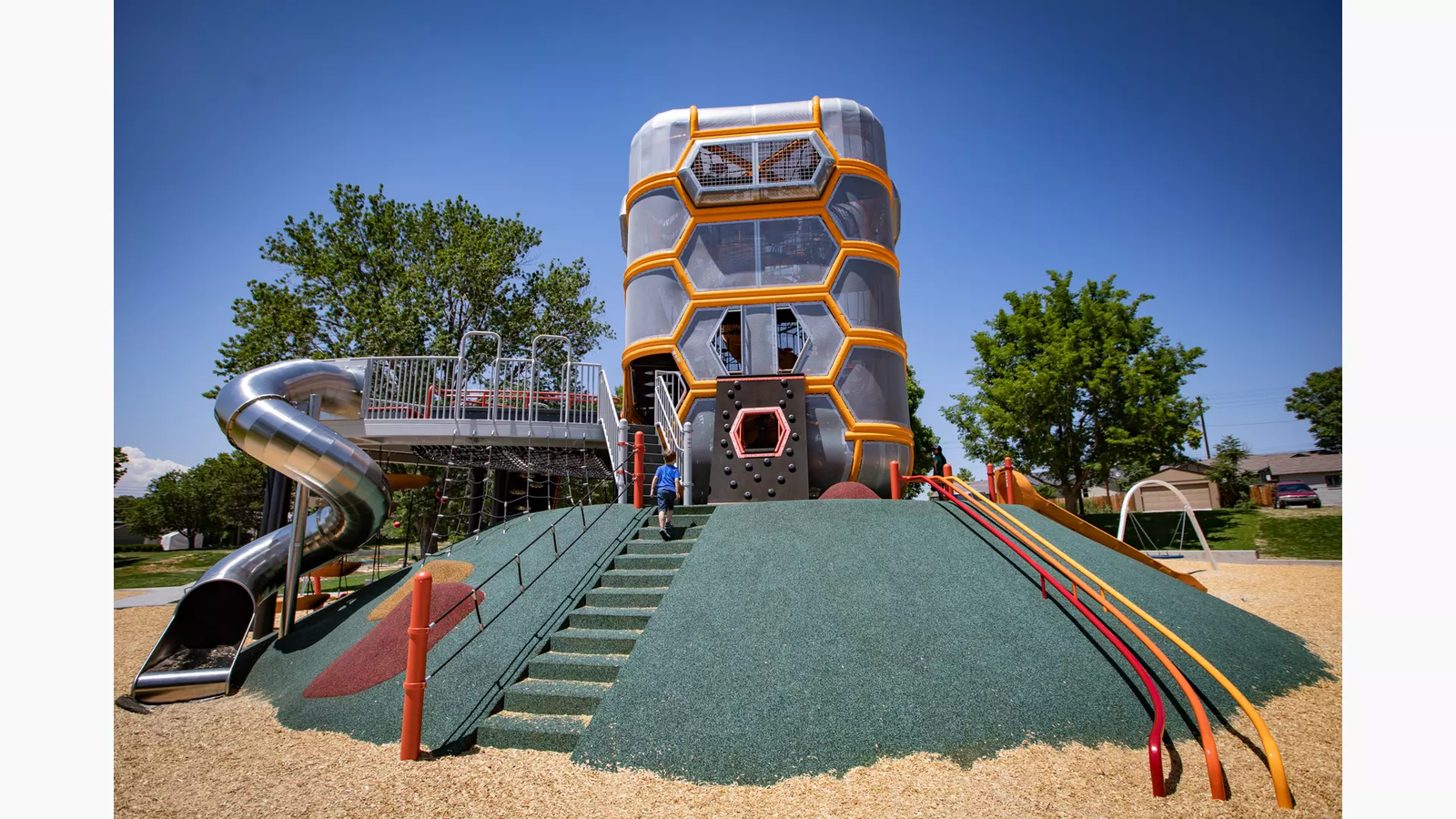
Name and Location: Paco Sanchez Park, formerly Westwood Park, spans 18 acres at W. 1st Ave. and Lowell Blvd in the historic Hispanic Westwood neighborhood of Denver.
History and Significance: Originally a community golf course opened in the 1920s, today the park renamed after Hispanic activist Francisco “Paco” Sanchez provides a recreational hub with pool, sports fields, skatepark and event facilities for the neighborhood residents.
What to Expect: Outdoor and indoor swimming pools, playground, lighted sports fields, skate park, walking loop, picnic sites and a recreation center with gym, weight room and event rentals.
Visitor Information: Park open 5am-11pm daily. Center and pool hours vary seasonally and require fees. Street parking available.
Named for a leader in Denver’s Chicano civil rights movement, Paco Sanchez Park honors its namesake through inclusive amenities that serve neighborhood families. Built on the former site of a ragtag youth baseball field in the predominantly Hispanic Westwood neighborhood, today’s Paco Sanchez Park transforms 20 acres into athletic facilities, gathering spaces and whimsical artwork representing Mexican cultural heritage.
Anchoring the grounds, a vibrant turquoise miniature cityscape beckons kids to explore. Slides, climbing towers, bridges and even a faux storefront facade bring interactive artistry to playground equipment. Nearby sporting facilities include baseball diamonds, soccer fields, tennis and basketball courts plus open lawn space to accommodate various field sports.
Family-centric infrastructure like shaded picnic shelters, barbecue grills and on-site restrooms allow the park to facilitate group gatherings. Towering cottonwoods and landscaped vegetation further enhance Paco Sanchez Park’s beauty and comfort for visitors. In an area lacking green space, this community-constructed diamond in the rough shines bright.
Vanderbilt Park
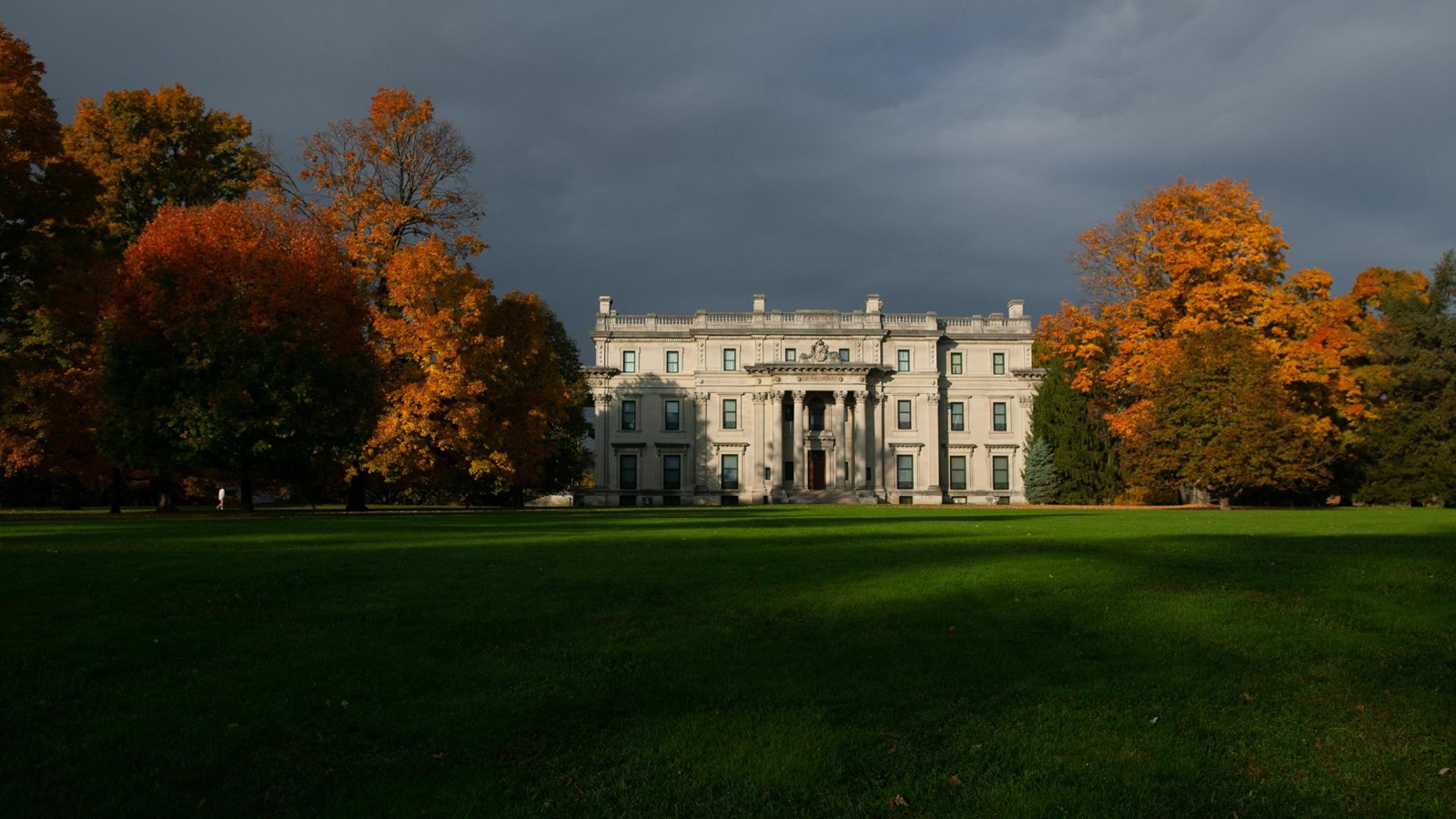
Name and Location: Vanderbilt Park occupies 4 acres at E. 18th Ave and Downing St in east central Denver’s Country Club neighborhood.
History and Significance: Named after Cornelius Vanderbilt who founded the New York Central Railroad, the small neighborhood city park was established in 1969 near the former rail yards as an open space supporting community recreation.
What to Expect: Shaded relaxation spaces, walking paths, picnic area, playground, spray pool and reservable shelters amid mature trees and open lawns. Tennis and basketball courts provided. Public art installations rotate biannually.
Visitor Information: Park open daily 5am-11pm year-round. Free street parking available curbside or in lot south of park.
Nestled against the foothills 8 miles southeast of downtown Denver, Vanderbilt Park offers cool mountain breezes and a natural escape from city living. Its namesake comes from the park’s location directly adjacent to the historic Vanderbilt event venue, a sprawling mansion estate that frequently hosts weddings and private celebrations.
While event guests mingle inside Vanderbilt’s terraced patio, most visitors come to the adjoining 18 acre park to connect with nature at the edge of Denver’s metropolis. A winding dirt trail leads hikers under the shade of mature pine and juniper trees native to the Rocky Mountains’ foothill ecosystems. Signage along the path describes the natural history and ecology of different zones, adding educational elements about the local landscape to a typical nature walk.
At the trailhead, visitors are greeted with sweeping vistas of the city skyline and Rocky Mountains – an ideal selfie backdrop! From this overlook trailhead, two primary dirt walking loops split to traverse the moderately hilly topography, ultimately converging in a flat clearing at the park’s center. Here a landscaped pond and footbridge create a peaceful setting to observe turtles, fish and urban wildlife drawn to the cool high-altitude oasis.
Harvey Park
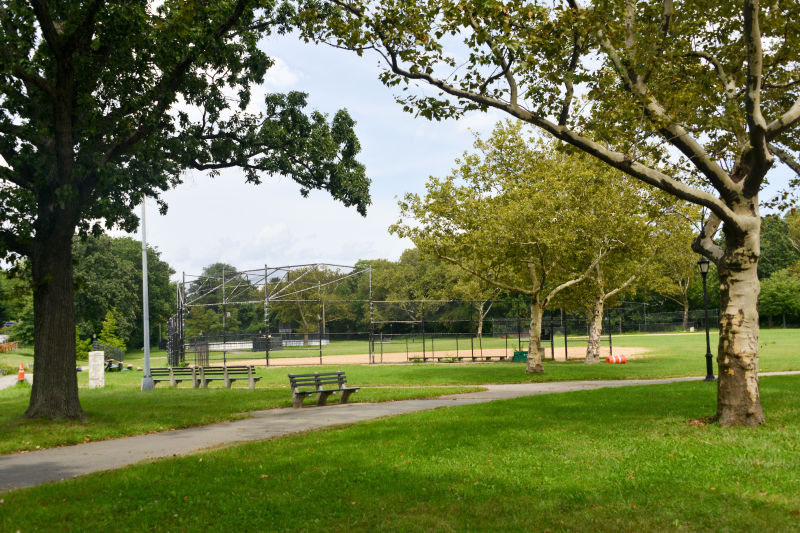
Name and Location: Harvey Park occupies 66 acres in southwest Denver near W. Yale Ave and S. Tennyson St.
History and Significance: Named after Denver attorney and parks supporter Thomas Harvey in 1969, the community park provides open space, sports and recreation facilities for neighborhood residents.
What to Expect: Playgrounds, lighted athletic fields, tennis court, walking/biking paths, fishing pond, reservable picnic shelters, skatepark, outdoor batting cages, rec center and public pool (seasonal fees apply).
Visitor Information: Park open 5am-11pm daily. Free parking lots onsite. Center and pool hours/fees vary.
Spread across over 60 acres in southwest Denver, Harvey Park provides green space and recreation in the affordable suburban neighborhood it calls home. Originally farmland in the late 1800s, today the large rectangular park has something for everyone across its expansive grounds.
Pedestrian pathways snake through the park, circling grassy open space, mature trees and four vibrantly colored playground structures perfect for youthful energy release. Nearby, a large shelter contains bathrooms, picnic tables and barbecue grills for hosting neighborhood events or family gatherings. Basketball courts, tennis facilities and baseball diamonds round out the athletic options on site.
Two unique highlights set Harvey Park apart from other neighborhood green spaces in Denver – its sensory garden and off-leash dog area. The sensory garden trail winds behind the recreation center building, with educational signs describing sounds and scents meant to engage the visually impaired. The fully fenced dog park allows pets to socialize and romp freely, complete with separate enclosed yards for large and small breeds.
Bible Park

Name and Location: Robert E. Lee Bible Park occupies land at the intersection of Monaco Pkwy and Asbury Ave in southeast Denver’s Lowry neighborhood.
History and Significance: Originally named Bible Park when established in 1952 on county land, facilities have expanded over decades to serve recreation needs of surrounding neighborhoods. Renamed after civil rights icon Robert E. Lee in 2020.
What to Expect: Playgrounds, picnic sites, athletic fields, tennis and basketball courts, walking/bike trails winding through open green spaces plus access to the High Line Canal regional trail.
Visitor Information: Park grounds open daily 5am-11pm year-round. Free street parking available surrounding the park.
Tucked into Denver’s Hilltop neighborhood, Bible Park offers a surprising escape where urban city streets mingle with foothill landscapes. Despite covering just 17 acres, the park contains a diversity of facilities including a recreation center, lighted baseball diamond, playground, labyrinth garden, off-leash dog run and perimeter walking paths with fitness stations. Pedestrian bridges also allow safer crossing of busy roads bordering the grounds.
Given its small footprint, what sets Bible Park apart is topographic diversity packed into tight terrain. A central lawn and sporadic shade trees occupy relatively flat lowlands, while hillside slopes and an evergreen tree line rim the western valley edge. Miniature rock formations reminiscent of the towering Flatirons nestled further west in Boulder add unique aesthetic charm. Behind the ball field, downtown Denver skyscrapers materialize in the distance like a fictitious backdrop.
Between active amenities, surprising elevation changes, far-off skyline views and an overall cohesion blending nature’s beauty with human gathering places, Bible Park punches above its weight as a humble neighborhood escape bringing big rewards in scenery, recreation and community connectivity.
Cervantes Park

Name and Location: Cervantes Park spans roughly 5 acres at W. 47th Ave and N. Tejon St in northwest Denver’s Sunnyside neighborhood.
History and Significance: Dedicated in 1923, the small neighborhood park later renamed after Hispanic writer Miguel de Cervantes provides open space supporting community recreation. Home field to the largely Hispanic Globeville softball team for decades.
What to Expect: Baseball/softball field, tennis courts, playground, picnic shelter, walking paths and a spray pool offer visitors of all ages both passive and active recreational activities.
Visitor Information: Park grounds open daily from 5am-11pm year-round. Free street parking available curbside or small off-street lot.
Named for 16th century Spanish author Miguel de Cervantes of Don Quixote fame, Cervantes Park brings 31 acres of lawns, sports facilities and Chicano culture to northwest Denver’s humble Five Points neighborhood. After years serving as an underutilized green space, recent renovations and the addition of colorful public art installations have revitalized Cervantes Park as a community anchor.
Vibrantly painted pavement murals depicting Mexica-Chicano historical icons now greet visitors, setting an artistic tone and nod to cultural heritage. Just beyond, a mosaic guitar sculpture sparkles in the Colorado sunshine – the signature vision of renowned Chicano muralist Carlos Fresquez. His influence carries throughout the park grounds in the form of further colorful art installations.
The central lawn provides space for soccer and other field activities, enjoyed by youth and adult leagues alike. A recreation center also on site contains both indoor and outdoor swimming pools, gymnasiums, weight rooms and basketball courts available for public use. Compared to its former status as barren unused land, Cervantes Park now fosters cultural connection, health and wellbeing for several surrounding neighborhoods.

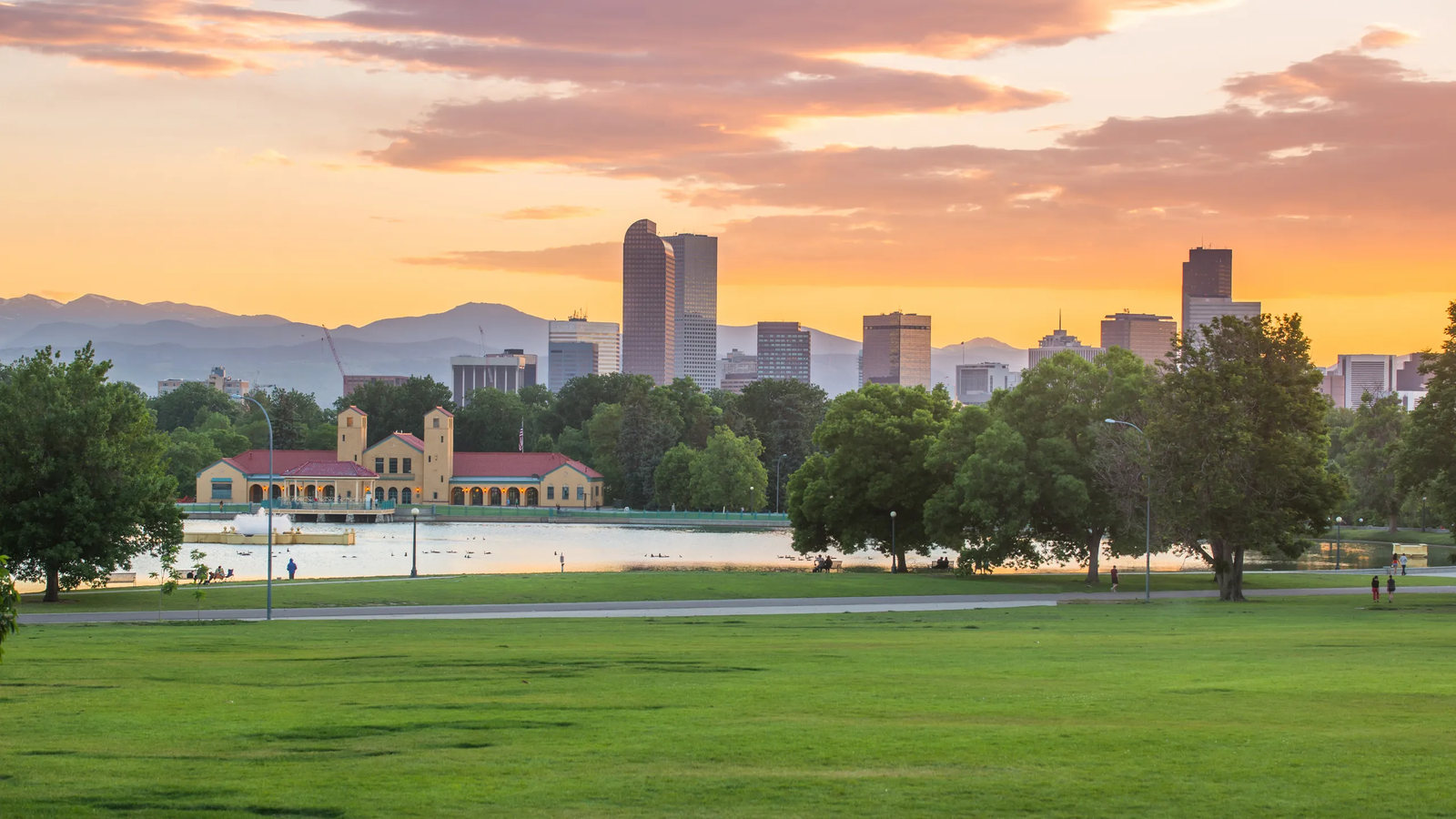


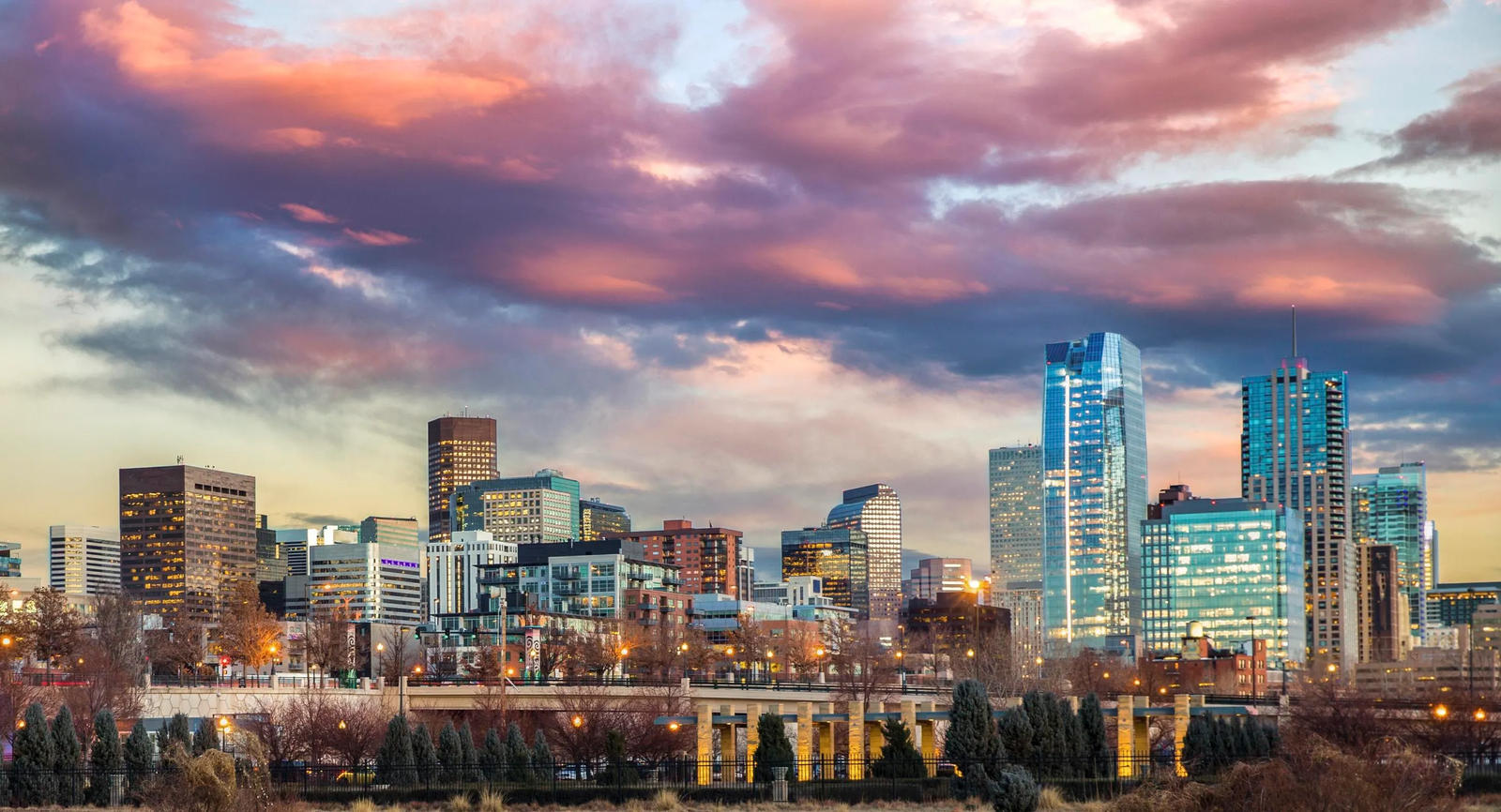
Join the Conversation